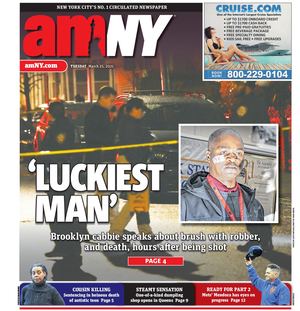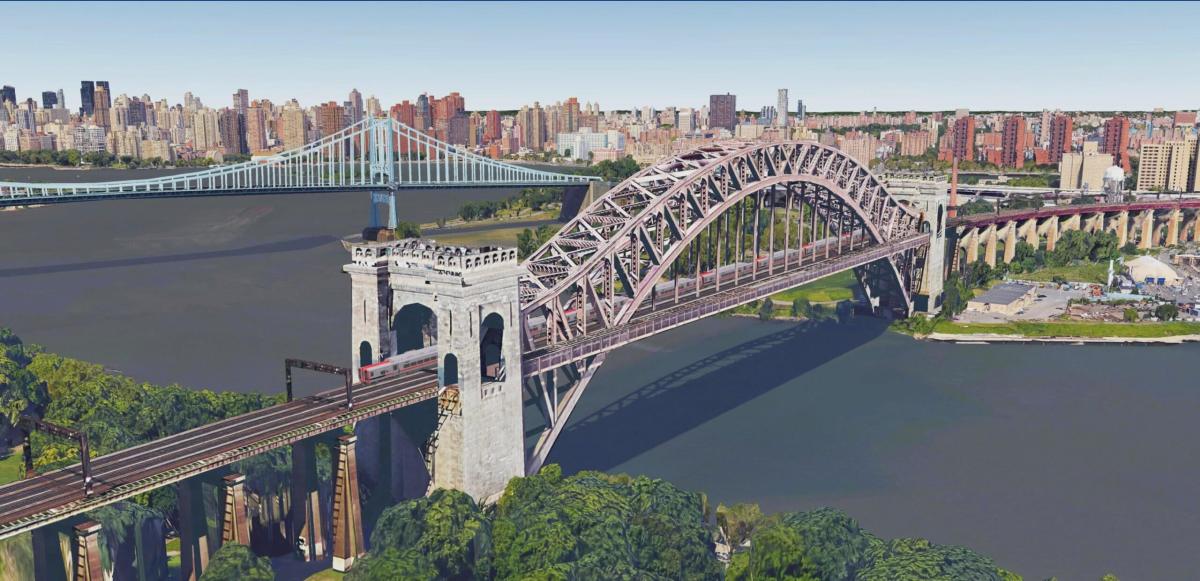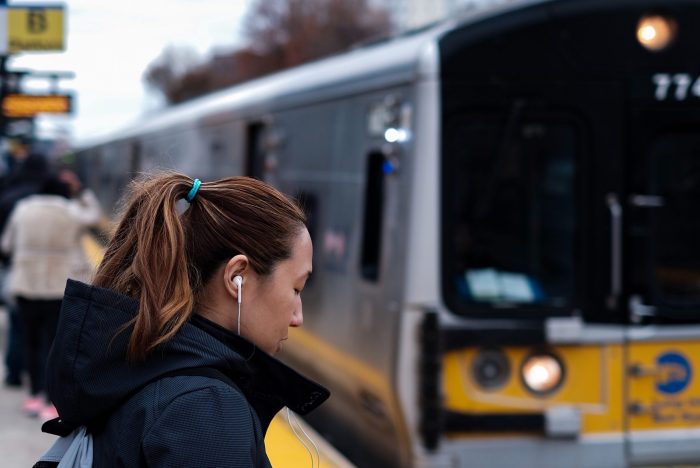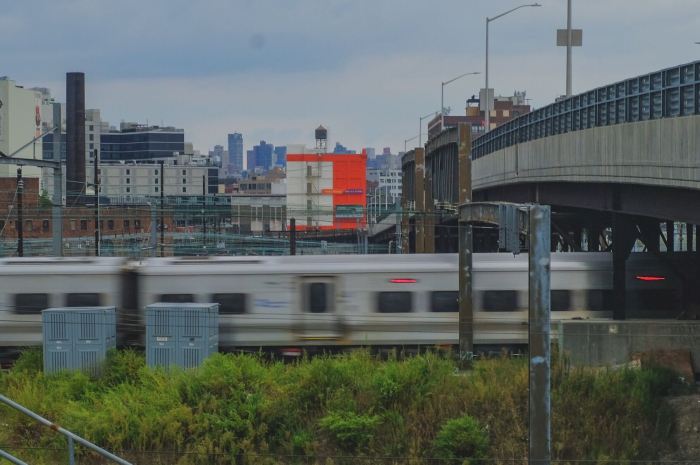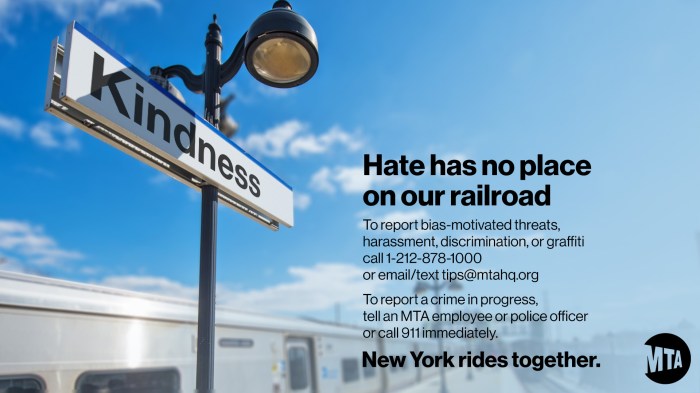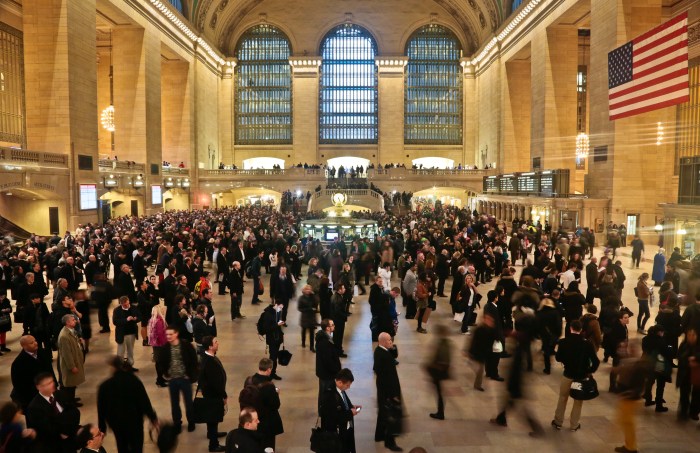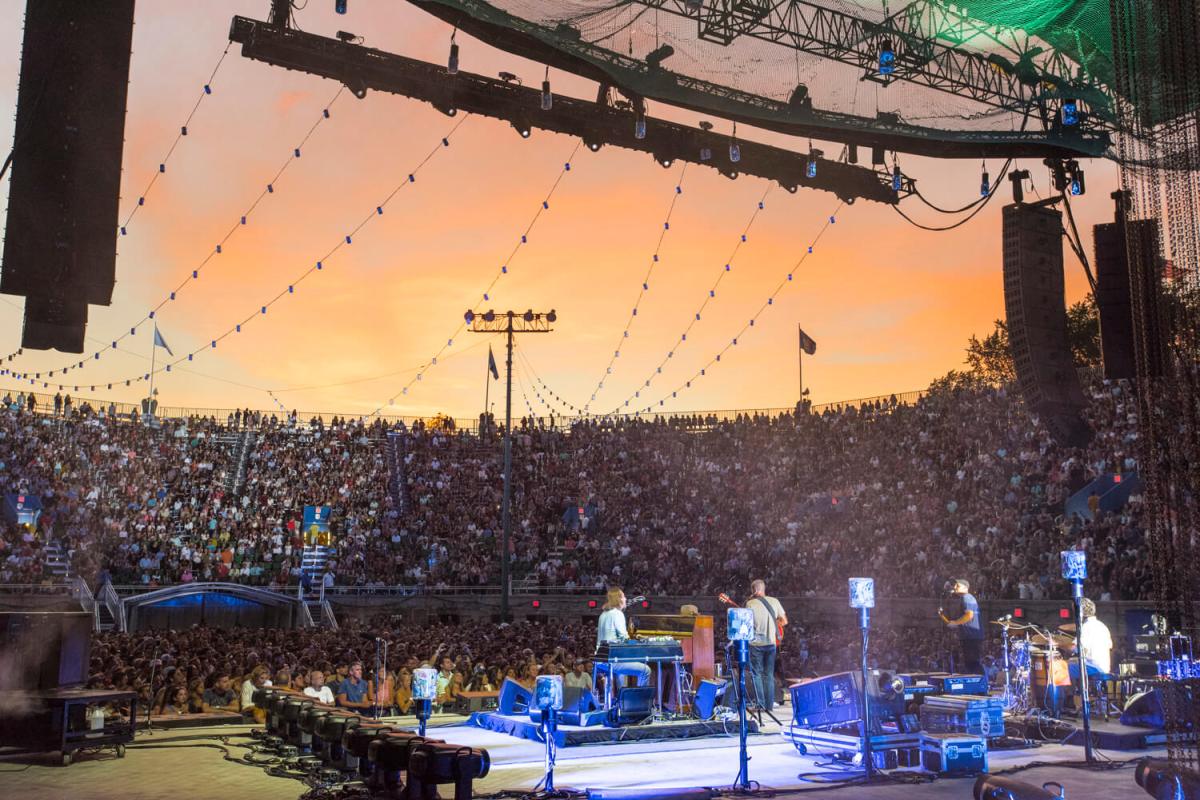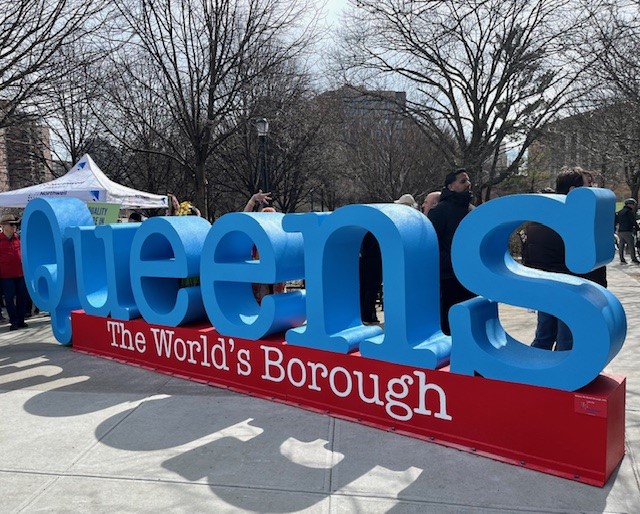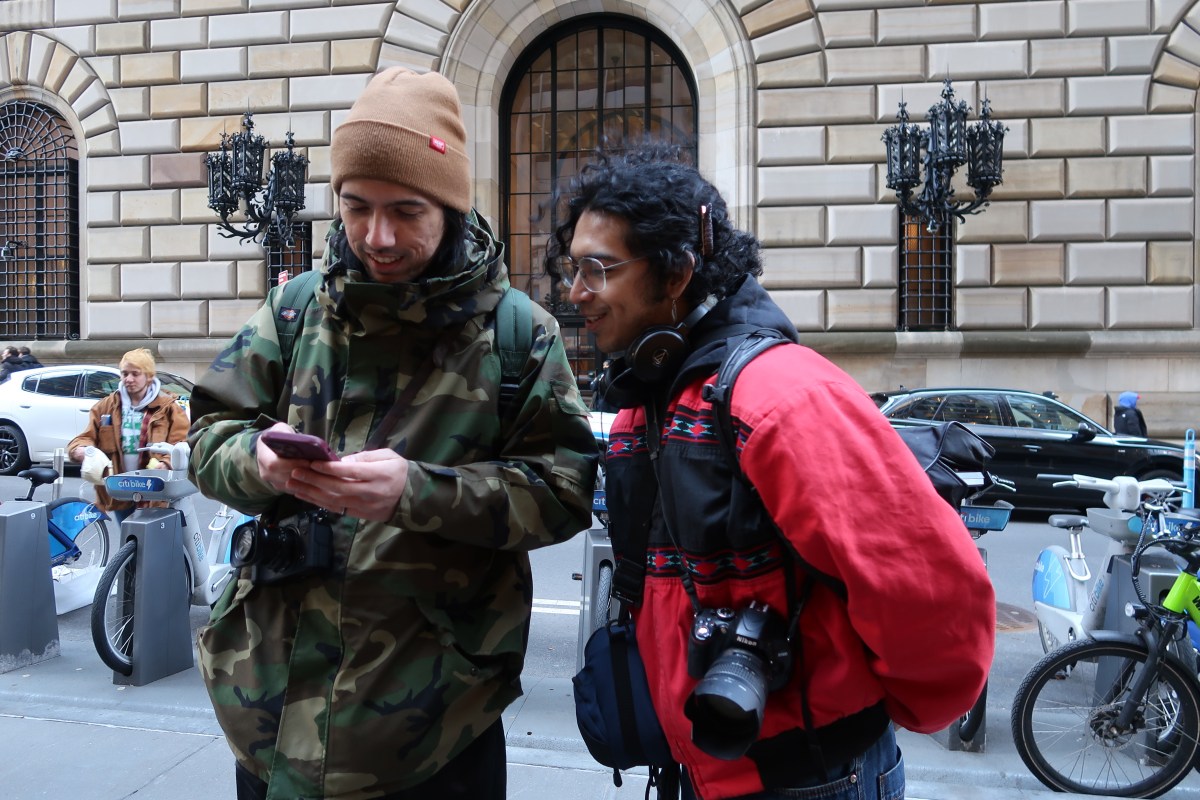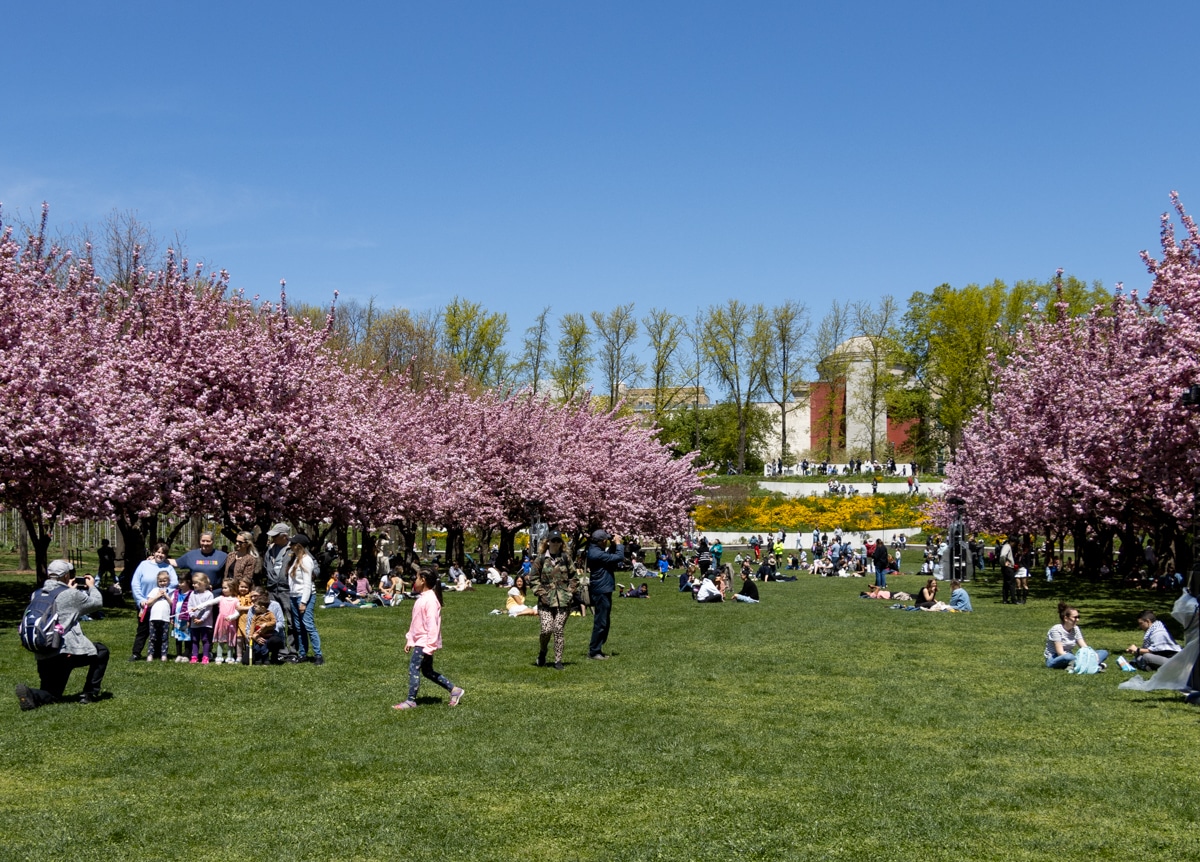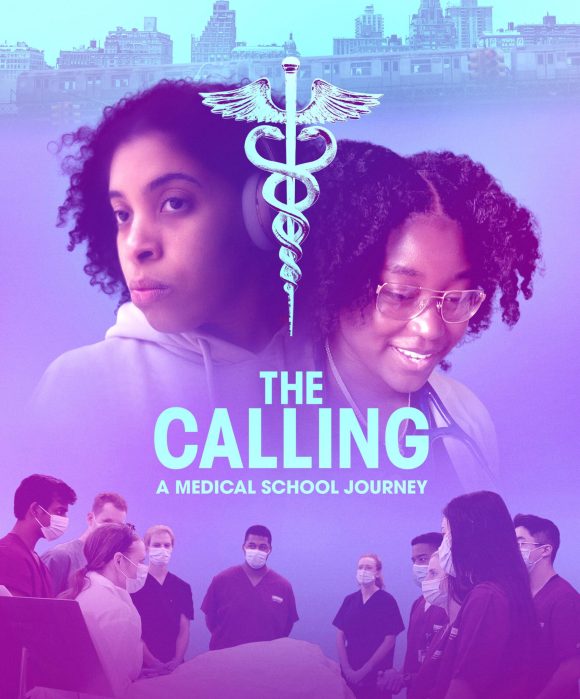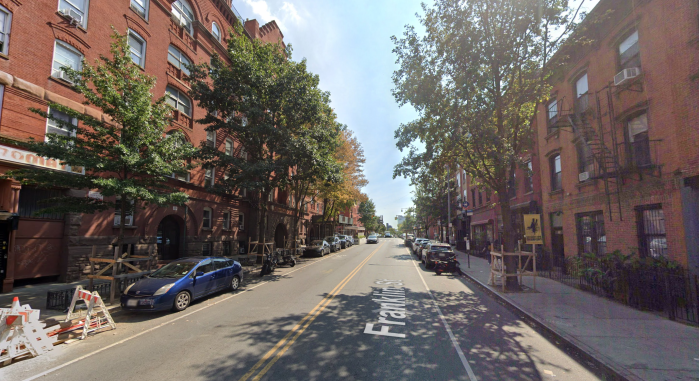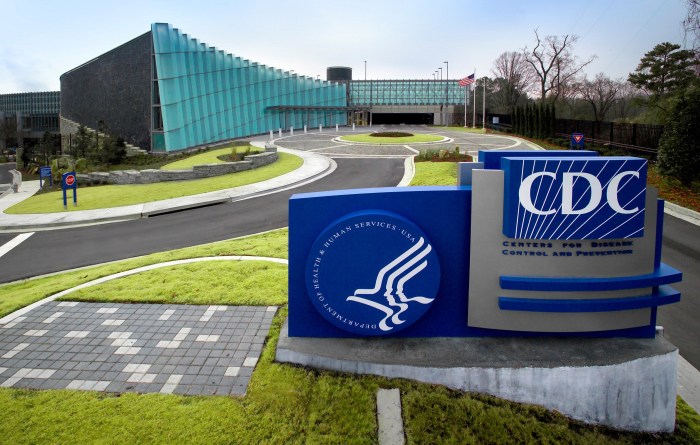Residents, transit advocates, and politicians gave their two cents about the proposal to expand Metro-North Railroad service into the transit-starved parts of the Bronx at a Tuesday virtual hearing.
The Metropolitan Transportation Authority’s so-called Penn Station Access project would add four new stations along a repurposed Amtrak line, allowing eastern Bronxites a direct ride to the west side of Manhattan, according to one state legislator.
“I believe that will be transformative, particularly in for the eastern half of the Bronx. It will make an enormous difference in people’s ability to get to work much more quickly,” said Bronx Assembly Member Jeffrey Dinowitz at an MTA public hearing on June 15.
The $1.58 billion scheme would repurpose Amtrak’s Hell Gate Line and add four new wheelchair-accessible stations to Metro-North’s New Haven Line at Co-Op City, Morris Park, Parkchester/Van Nest, and Hunts Point.
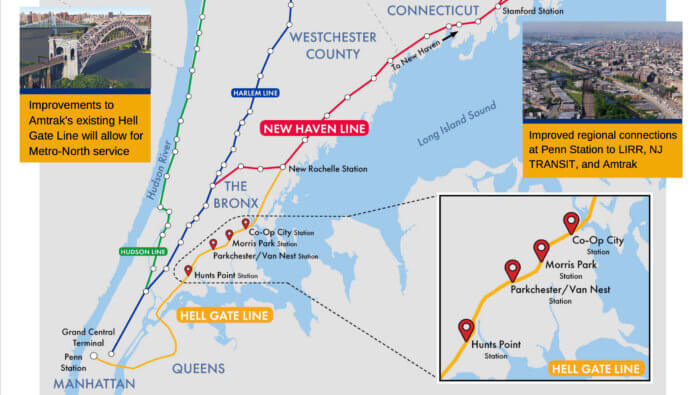
The line would continue non-stop through western Queens and into Penn Station and could shave around 50 minutes off commute times for East Bronx passengers, which would be “life-changing” for riders, according Lisa Daglian, executive director of the Permanent Citizens Advisory Committee to the MTA.
“Commuter rail will finally be in the reach of East Bronx riders, many of whom don’t live anywhere near a subway,” Daglian said.
The transit advocate called on MTA to also consider adding a stop in Queens and implement a so-called Freedom Ticket to give riders a reduced fare and free transfer onto subways and buses. MTA has implemented a similar pilot program known as the Atlantic Ticket for Long Island Rail Road passengers from Jamaica to Atlantic Terminal.
“To truly make this new transit equitable and move people out of express buses and cars, it is crucial embrace expanding and implementing the Freedom Ticket,” said Daglian.
To allow four the new commuter trains, MTA will turn the two-track railroad into a four-track railroad, and the agency estimates 30,000 daily riders will use the new service, 13,000 of whom will get on or off the trains at the four new stations by the time the transit upgrade rolls out in 2025.
The project includes other infrastructure upgrades along the Hell Gate Line, such as four bridge rehabilitations, reconfiguring Metro-North’s New Rochelle yard, where the train will branch off to the new stations.
Transit workers will also add four new one reconfigured interlocking, five new and two upgraded substations, and modernize the line’s signals, power, and communications.
The project did not find favor with all attendees and some Queens resident living near the existing Amtrak rails in Woodside worried about the incoming trains rumbling through their neighborhoods.
“The train track is a stone’s throw from my building, it’s constant noise, constant loud, constant shaking of the buildings and I believe that adding more trains would exacerbate the problem,” said Adam Ferstendig, who lives in the nearby Boulevard Gardens housing complex.
